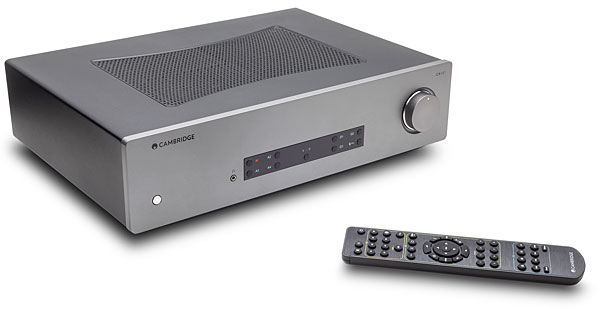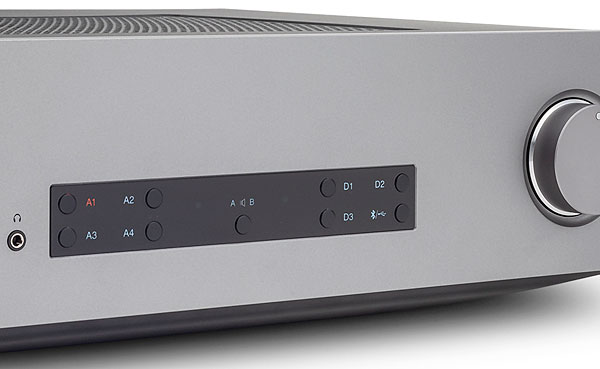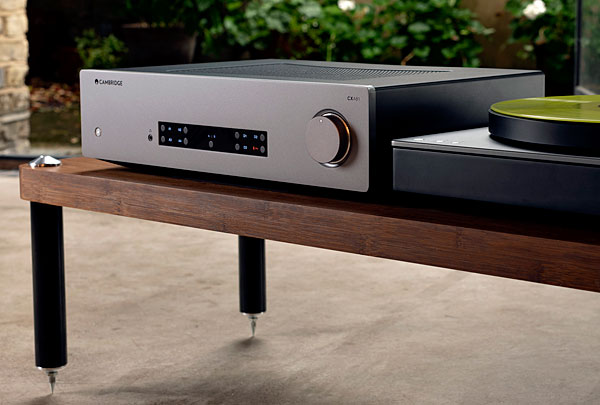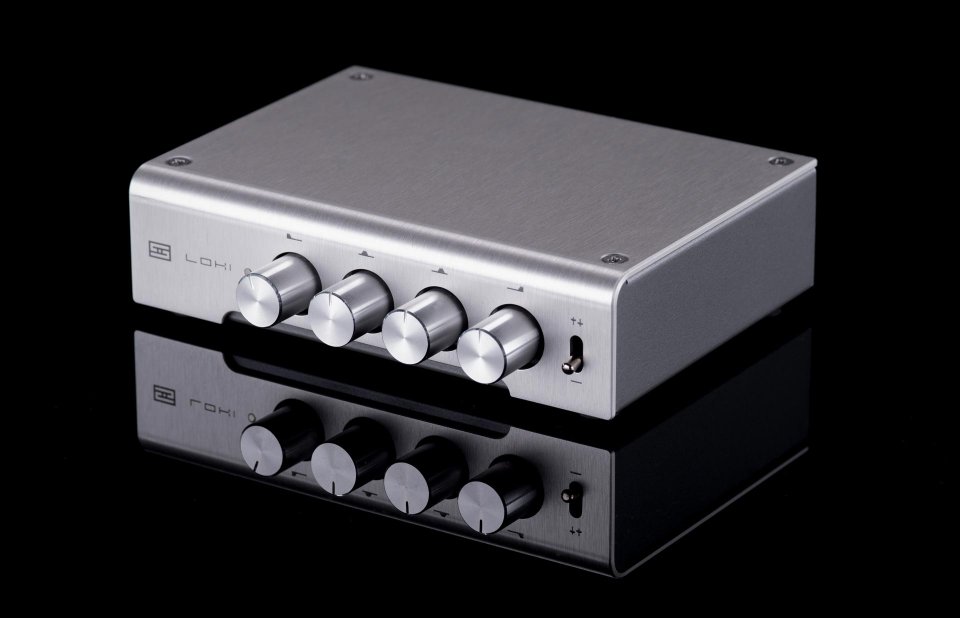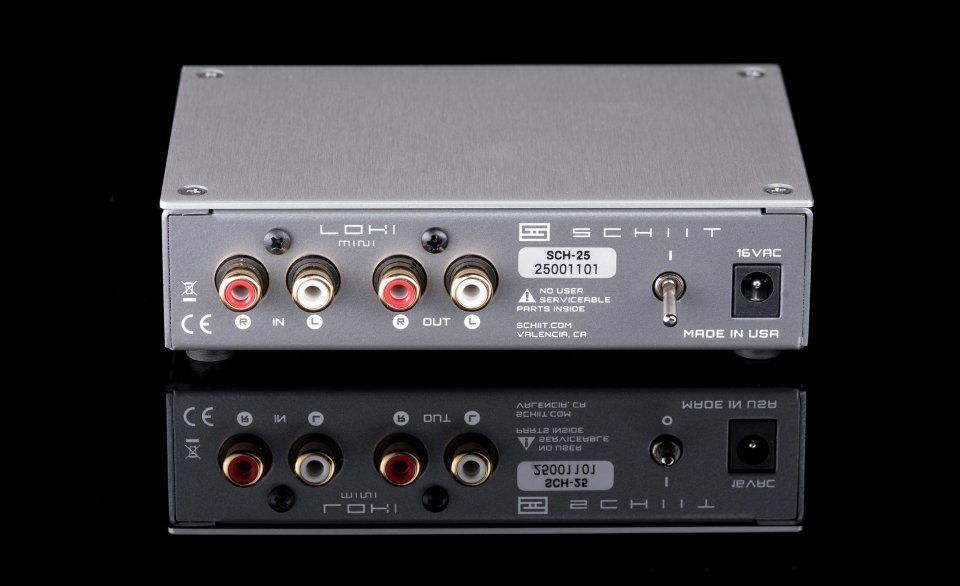| Columns Retired Columns & Blogs |
As it turns out, I AM in the market for a good, mid-priced integrated (since the NAD M32, highly recommended by Stereophile, didn't work out so well). But my question is, if Accuphase, Luxman, NAD, and many others can offer tone controls in their much higher-priced integrateds, why can't Cambridge Audio? Their CXA-61 has them, but I guess as we go up in price, we get FEWER options. That's nice. Cross another one off the list.
